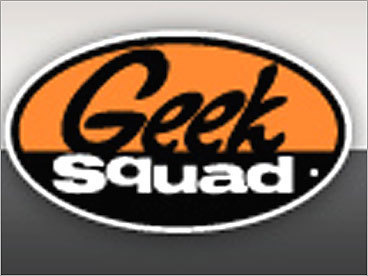Re: Unnamed peak pages
Sorry, but I don't understand ONE word being typed on this thread ..
Perhaps we should summon these folks ...??? ?

Perhaps we should summon these folks ...??? ?

Climbing, hiking, mountaineering forum
http://www.summitpost.org/phpBB3/
https://www.summitpost.org/phpBB3/unnamed-peak-pages-t59814-15.html

schmed wrote:Note also that I am suggesting the use of these UTM coordinates within a specific region, the Sierra Nevada, the climber's portion of which lies completely within UTM zone 11. Regardless, it's hard for me to understand the ambiguity issue, since many mountains in different regions (and sometimes in the same region) share the same proper names. Despite their other shortcomings, UTM coordinates will tend to be more distinct than even proper names. Note that an elevation-based naming scheme would not be particularly distinct even within the Sierra Nevada region.
CSUMarmot wrote:The thing about unofficial names is they will someday catch on. I know where "Confluence Peak" is even if I cant remember the elevation or care what the UTM coordinates are.
Bob Sihler wrote:Until the system changes, help users by going with the system. It's very easy to show that the UTM format is not the preferred one, at least not on this site.
mrchad9 wrote:Three of my Sierra Peaks are unnamed. In none of these cases, or any other, would I think it appropriate to dub a peak with my own suggestion regardless of how fitting (though some on the site disagree).
One is "Gem Peak" (Point 12,245). The unofficial name comes from the summit register dating back over 30 years, and has been accepted by many others signing the register. Since the name is likely to be unfamiliar to anyone looking at a map I also included the spot elevation from the USGS quad in the title, which should make it easy to find.
The other two are "Kuna Crest North" and "Kuna Crest South". Here I didn't include the spot elevation in the title because the names are more familiar, and Kuna Crest is easily found when looking at a map of the area. The elevation can readily be found when looking at the summary information on the page.
IMHO using UTM information is fairly useless. I don't use the system and there are many others who feel the same way. It is much easier to find a peak with some information more relevant to looking at a map of the area, such as a spot elevation or the elevation of the highest contour if there isn't one.
I don't see the point of putting a cryptic number that stands for the coordinates, especially when the latitude and longitute coordinates are supposed to be listed on the page as well.
For peaks that have no unofficial names or identifying information other than a spot elevation, I've used a format that includes the location relative to the nearest named peak... for example Point 12767 (0.7 mi SW Lyell). Hard to imagine someone would have a hard time finding that one.